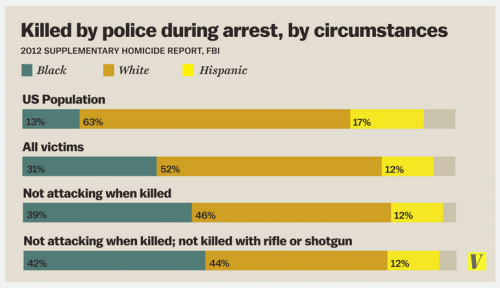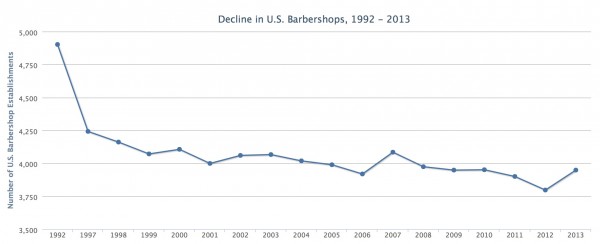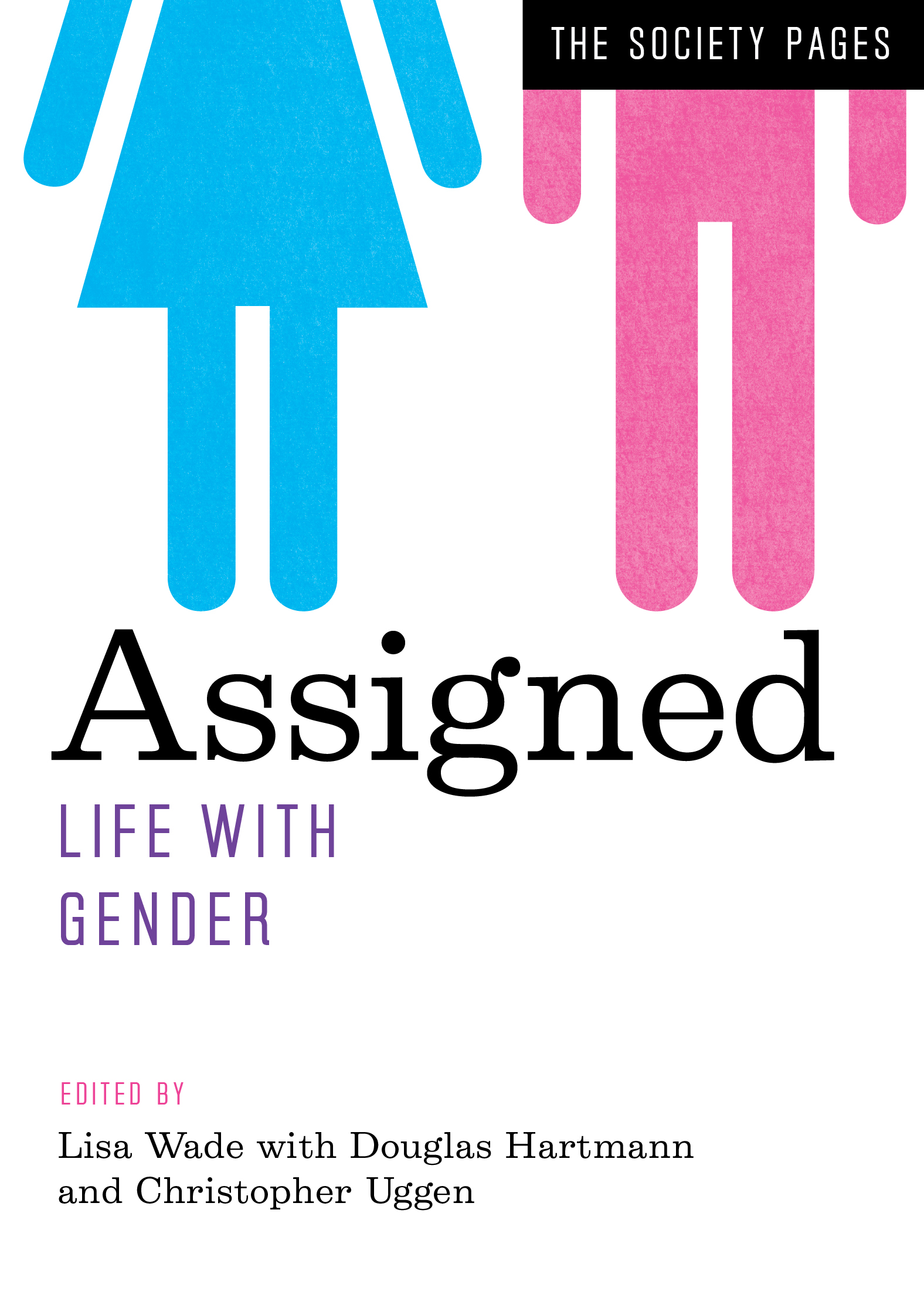A set of polls by Reuters/Ipsos — the first done just before Cruz and Kasich dropped out of the primary race and the second sometime after — suggests that, when it comes to attitudes toward African Americans, Republicans who favored Cruz and (especially) Kasich have more in common with Clinton supporters than they do Trump supporters.
The first thing to notice is how overwhelmingly common it still is for Americans to believe that “black people in general” are less intelligent, ruder, lazier, and more violent and criminal than whites. Regardless of political affiliation of preferred candidate, at least one-in-five and sometimes more than one-in-three will say so.
But Trump supporters stand out. Clinton and Kasich’s supporters actually have quite similar views. Cruz’s supporters report somewhat more prejudiced views than Kasich’s. But Trump’s supporters are substantially more likely to have negative views of black compared to white people, exceeding the next most prejudiced group by ten percentage points or more in every category.

These differences are BIG. We wouldn’t be surprised to see strong attitudinal differences between Democrats and Republicans — partisanship drives a lot of polls — but for the size of the difference between Democrats and Republicans overall to be smaller than the size of the difference between Trump supporters and other Republicans is notable. It suggests that the Republican party really is divided and that Trump has carved out a space within it by cultivated a very specific appeal.
Lisa Wade, PhD is an Associate Professor at Tulane University. She is the author of American Hookup, a book about college sexual culture; a textbook about gender; and a forthcoming introductory text: Terrible Magnificent Sociology. You can follow her on Twitter and Instagram.







